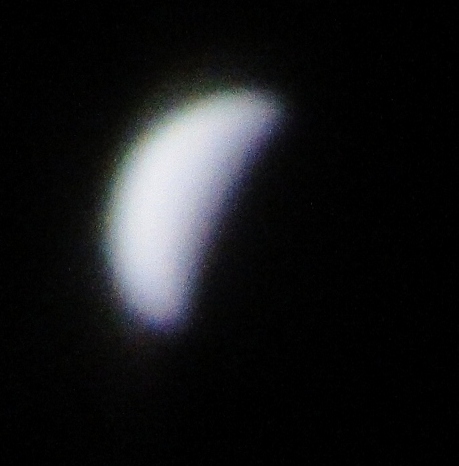
from Timothy Gleason
Ishtar, Aphrodite, Venus—whatever you call it, the brightest of star-like objects in the sky has mesmerized humans for the entirety of recorded history, and likely beyond. It was among the first subjects of telescopic study, and you can bet it will be the first planetary target for space probes.
It is astonishing that, given all of the interest the Planet of Love has engendered, we know so little about our nearest planetary neighbor. The 2nd planet from the sun, Venus is an orb of mystery–she has been most reluctant to divulge her secrets.
Galileo saw that Venus went through phases, like the moon, and deduced that Venus was bright with reflected sunlight. Through transits of the sun (which happen twice a century—I hope I live to see the next ones in 2004 and 2012), we have learned that Venus has a thick atmosphere. More recently, it has been determined that Venus’ atmosphere contains several hundred times the concentration of carbon dioxide as ours. Measuring the Doppler shift of the planet’s edges, it appears that the planet rotates very very slowly, perhaps taking months to complete a rotation.
From the planet’s period and effect on other planets, we know that its mass is actually quite close to that of the Earth, just a touch smaller. It almost certainly has a rocky surface. For these reasons, many have called Venus “Earth’s twin.”
Being closer to the sun, it is likely that Venus is much hotter than the Earth, but it is difficult to say how much hotter. It used to be thought that the surface of Venus might be a global, steaming ocean, but it is more widely believed now that there is no liquid water to be found, and perhaps precious little in the atmosphere.

From Exploring the Planets (c) 1958

From Exploring the Planets (c) 1958
But that’s all we know! The clouds are too thick to see through, so we can’t see the surface as we can with Mars. Perhaps in the near future, microwave and radio astronomy will be keys to mapping Venus, but for now, it’s just a silvery pearl.
Now, every year or so, when the alignment of planets is right, we have an opportunity to send a probe to Venus on a low-energy orbit that accommodates the largest payload for any given booster. The next one will be in November. Sadly, though NASA did have plans to launch a Venus mission this year, it has been pushed back due to development teething troubles. A test satellite with prototype equipment will be sent into orbit next month; if it does well, it bodes well for a Venus probe, though such won’t launch until the latter half of next year.
It may well be that the Soviets beat us to the punch. Look for a launch later this year (but note that their opportunities are slightly different from ours as they launch from a different part of the globe).
Next up—a review of the latest IF!
(Confused? Click here for an explanation as to what's really going on)
This entry was originally posted at Dreamwidth, where it has comments. Please comment here or there.
